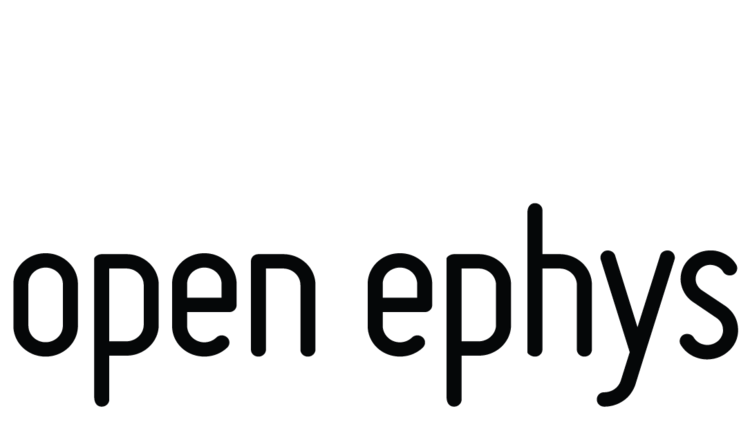Open Ephys is still in its infancy, but we've already made great strides toward our first major goal: a complete hardware and software solution for recording, visualization, and closed-loop feedback. At the recent Society for Neuroscience conference in New Orleans, we showed off a prototype system that could acquire 128 channels of data and respond to neural events in 20 milliseconds or less. Given that the plan for this system was hatched a little more than a year ago, we're optimistic that the production of a more polished system will happen in a matter of months, rather than years.
To learn more about the tools we're developing, check out our website (http://open-ephys.org) or download the poster we presented at SfN (bit.ly/RpxRim).
The road ahead
What's not currently on our website is our plan for moving forward, which became much clearer at the conference. As you may know, our hardware incorporates amplifier chips from Intan Technologies (http://www.intantech.com), which have allowed us to dramatically simplify and miniaturize our recording system. According to Reid Harrison, the founder of Intan, an updated version of the amplifier chips will be produced in December. The new chips will feature an analog-to-digital converter, low-voltage differential signaling, and a number of other improvements. If these chips pass the necessary tests, we will start using them in our system. We are already updating our designs so we can accommodate the new chips as soon as they're ready.
Besides revising our hardware, we also have clear-cut plans for manufacturing and distributing our recording systems. If our updated designs are sound, we will have our headstages and compatible cables available for purchase from the Intan website. Sometime in early 2013, we will mass-produce a round of about 50 acquisition boards and cases, which we will send to interested labs. The total cost of a 64-channel system will be around $1500, and there will be minimal assembly required. Of course, since the design is completely open-source, you could build your own system right away using the designs on GitHub (https://github.com/open-ephys/). But we recommend waiting for the next round of revisions to become available, as there are still a few updates we want to add.
How you can help
While our plans for improving the Open Ephys hardware are mainly settled, there's a lot of work to be done to make our software as flexible and user-friendly as possible. In parallel with our hardware, we've been developing a cross-platform application (called "the GUI") for experimental control (https://github.com/open-ephys/GUI). The major strength of the GUI is its modularity, which makes it easy to modify and extend. The software was designed from the start to be compatible with almost any input source, so it can also be used with hardware other than the Open Ephys acquisition system. It currently includes basic modules for filtering, spike detection, audio monitoring, recording, and LFP and spike visualization. But its functionality is very stripped down, and it still has more than a few bugs.
If you or anyone you know is interested in volunteering their time to improve our software, please get in touch with us. Possible projects range from the simple (adding a buffer to the audio monitor) to the complex (creating an OpenGL plotting library). Knowledge of C++ is required, but if you already have basic skills in another language, it's not very difficult to learn!
We'd also be thrilled to have full-time programmers helping with software development. If anyone has funding available for such a position, please let us know. We realize this is a major investment, but we feel strongly that easy-to-use, open-source data acquisition software would be an invaluable asset to the entire community. In the scheme of things, the cost of hiring a programmer for a year is much less than the price of a new commercial ephys system. Our software reached its current state through the efforts of two graduate students working in their spare time for one year. A more concerted effort to polish the software could generate substantial returns in even less time.
Channels of communication
We plan on using this mailing list to deliver updates on a monthly basis. If that's too much for you, feel free to unsubscribe using the link at the bottom of this message. But if you're craving up-to-the-minute information on our progress, we plan on using GitHub as our main channel of communication. Once you create a GitHub account (a very easy process), you'll be able to:
- subscribe to feeds that broadcast updates to all our repositories
- edit the wiki pages for each repository, which will eventually evolve into comprehensive online documentation (most likely hosted somewhere other than GitHub)
- use the "issues" system as a basic forum for solving problems and getting feedback
It's also fine to get in touch with the Open Ephys team directly through our contact page (http://open-ephys.org/contact/) or by replying to this email. We'll make sure your message reaches the most appropriate recipient.
